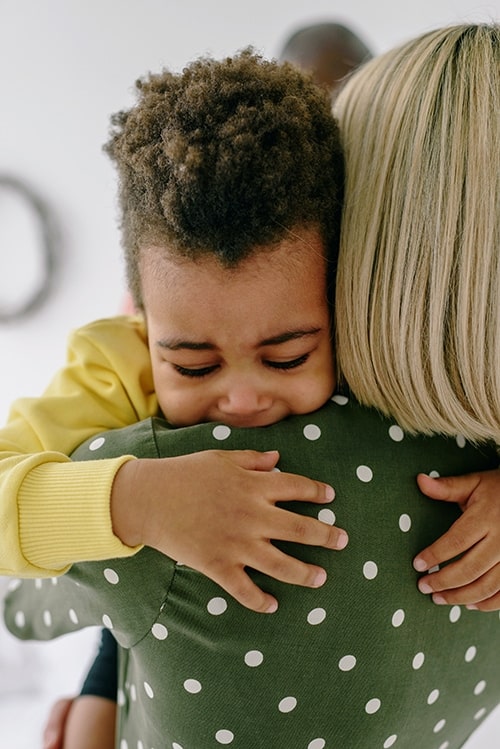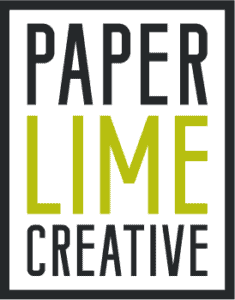
Active listening is something I first learned while working with children. It is a respectful way to show a child you are listening to what they are saying. It is about being on the same level, engaging in the conversation by making eye contact, nodding your head, and making small sounds of agreement. It is validating the child’s feelings or ideas. Active listening does take a conscious effort and some practice to make it a tool you regularly use. It might look like this:
Suzy comes crying to you telling you that Sally is not sharing the bike. Active Listening will help you solve this problem with Suzy. You can say something like, “oh no, Suzy. You sound upset, tell me what happend”. Suzy will explain that she asked for the bike and Sally told her no. Then you can reply, “oh, I see. It sounds like you are disappointed that you can’t play with the bike right now”. Suzy will probably agree with you, but she is also going to feel that you listened to her problem and validated her feelings. So now, when you need to problem solve, she is going to be a lot more trusting of what you have to say.
When this tool is used with children, keeping it simple by repeating their thoughts back to them will help them learn their own feelings. But active listening can be beneficial to all of your relationships, including at home, with friends and even in your business!

Translating this skill into the business world is not difficult. Obviously you don’t want to speak to your client like a child, but you want to be intentional with your responses to them. The main thing you want to keep in mind is to always pay attention to what your client is saying. Write things down while nodding so they can see you’re listening and that you value what they are saying. Having notes to look back on while you create a pitch or build a project will also be beneficial to you.
As an example, when our agency is working with a client on a new brand or rebrand, we begin with a discovery session to get all kinds of different information that helps us learn about them and their business. We ask them about their existing brand and what pain points they have but we also make sure to listen to what works for them or what they love. Sometimes a client might have a hard time voicing their thoughts, so you might have to ask some extra questions to help them find their answer. For example, in the discovery session we ask clients “what gets you out of bed in the morning” but we are not looking for an answer like “my alarm clock”. So you might have to ask another question like “what motivates you to get up and put time into your business every day?” or “what is your WHY?”. This is an important question that needs a solid answer because their WHY is a part of the branding process which will help the designers build a brand catered to the client.

Once we complete the discovery session, we want to get to work on the logo design and branding. But first, we complete a research process that is critical to making sure we are on the same page as the client. Our team works through the information from the discovery session and builds on it, tying it together and placing them into a brand position and giving some examples of similarly placed brands in different areas of expertise as inspiration. Then we send the research and suggestions back to the client where they can review and approve before any designing is actually started. When you have honed your active listening skill, the client will feel as though you have heard and understood what they have to say, so they are going to be more receptive to your ideas and/or changes. Each step is collaborative which makes it easy and consistent for both the design team and the client.
Listen to your clients; listen to everything they tell you. Let them know they have your attention by nodding, responding and even repeating their ideas or thoughts back to them when appropriate. Then you can take this information and combine it with all of your expertise and deliver both what they want and what they need.
